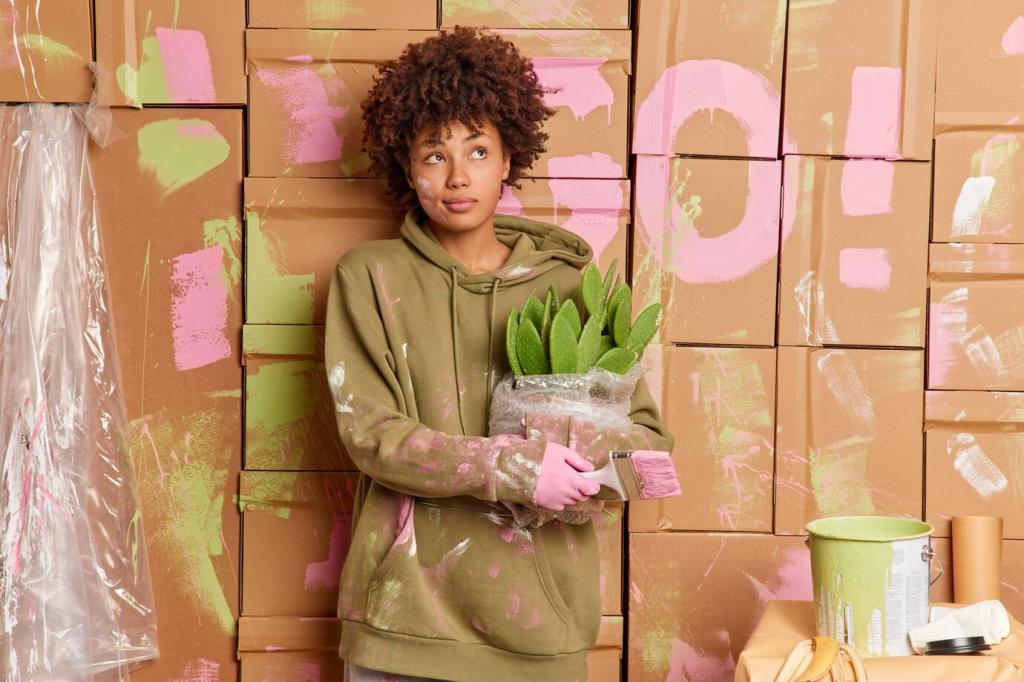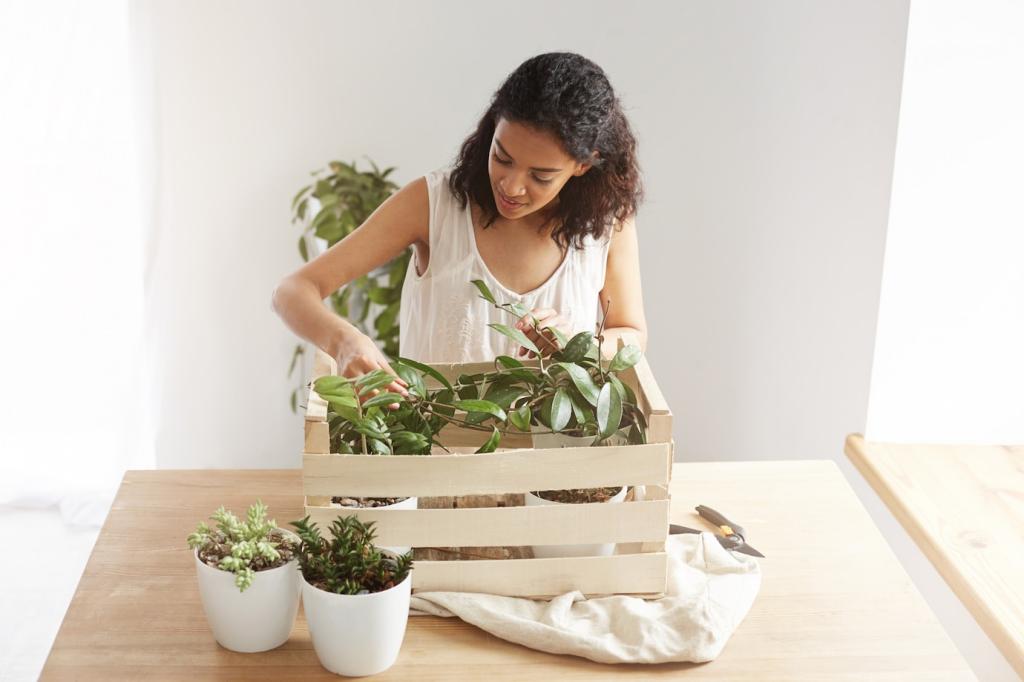
Sustainable Finishes for Furniture Projects: Beauty with a Smaller Footprint
Chosen theme: Sustainable Finishes for Furniture Projects. Welcome to a hands-on journey where healthier materials, low-impact methods, and timeless craftsmanship meet. Explore finishes that honor wood’s character, safeguard indoor air, and make repairs simple. Share your questions, subscribe for fresh tutorials, and help grow a community that finishes smarter.
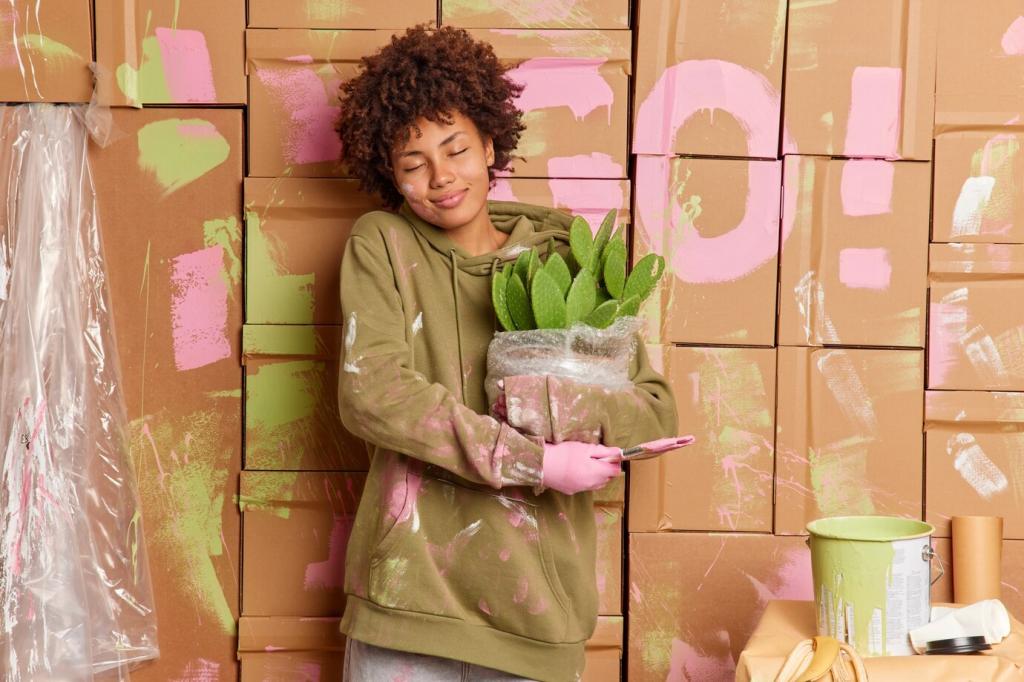
Plant-Based Polymerizing Oils
Tung, linseed, and hemp oils penetrate wood fibers and harden, leaving a warm, tactile surface. They highlight figure, invite easy maintenance, and avoid harsh solvents when paired with low-odor thinners. For high-wear areas, consider modified oils or hardwax blends to improve abrasion resistance.
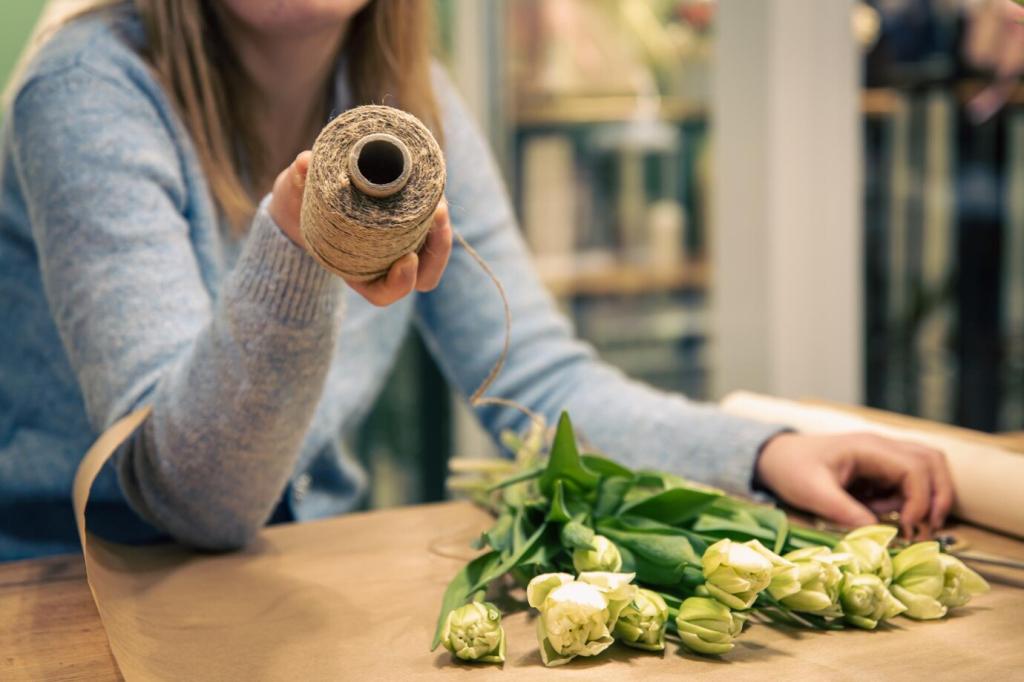
Waterborne Polyurethanes and Acrylics
These finishes offer clear, fast-drying protection with low odor and reduced VOCs. They resist yellowing, brush out smoothly, and spray beautifully with HVLP. Choose a matte or satin sheen for a natural look, confirm third-party certifications, and review technical data sheets for solids content and cure times.
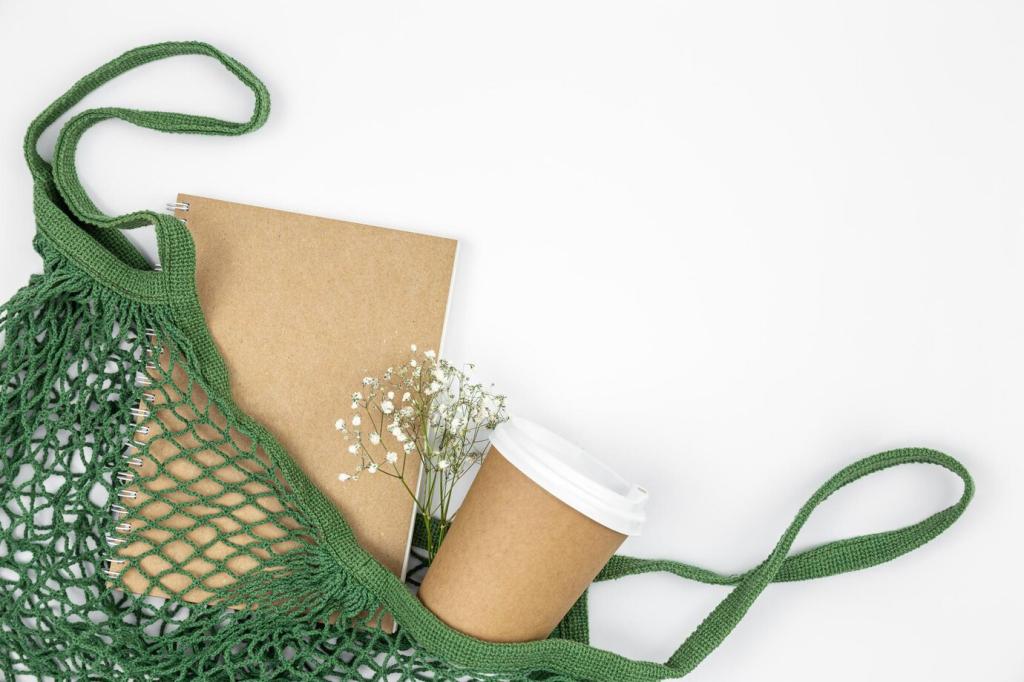
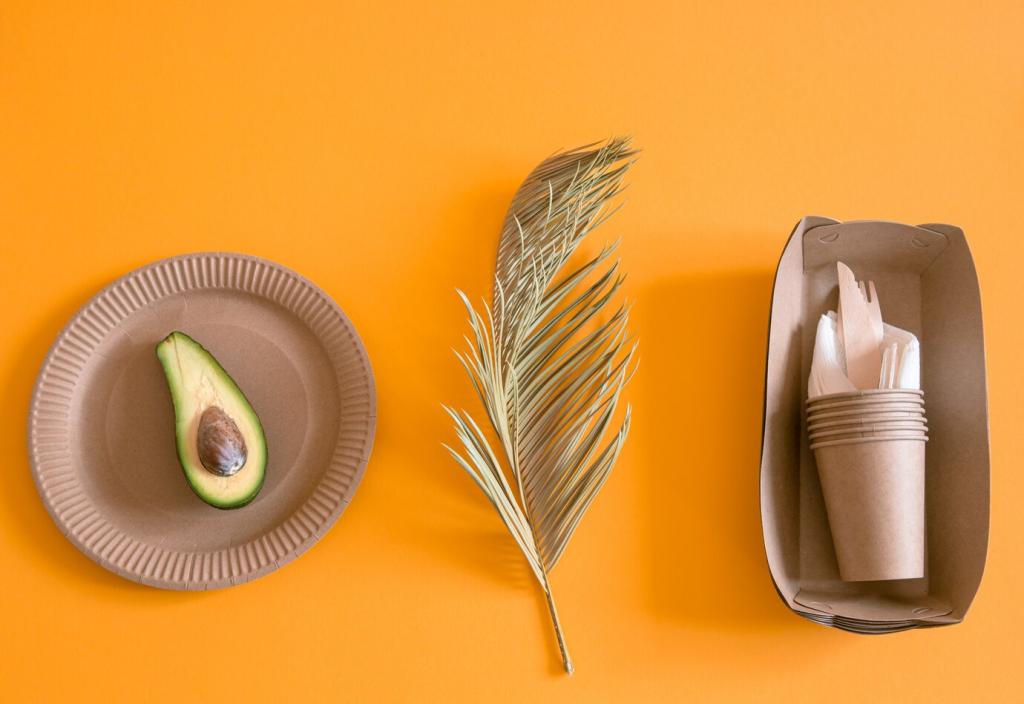

Color and Character with Natural-Friendly Options
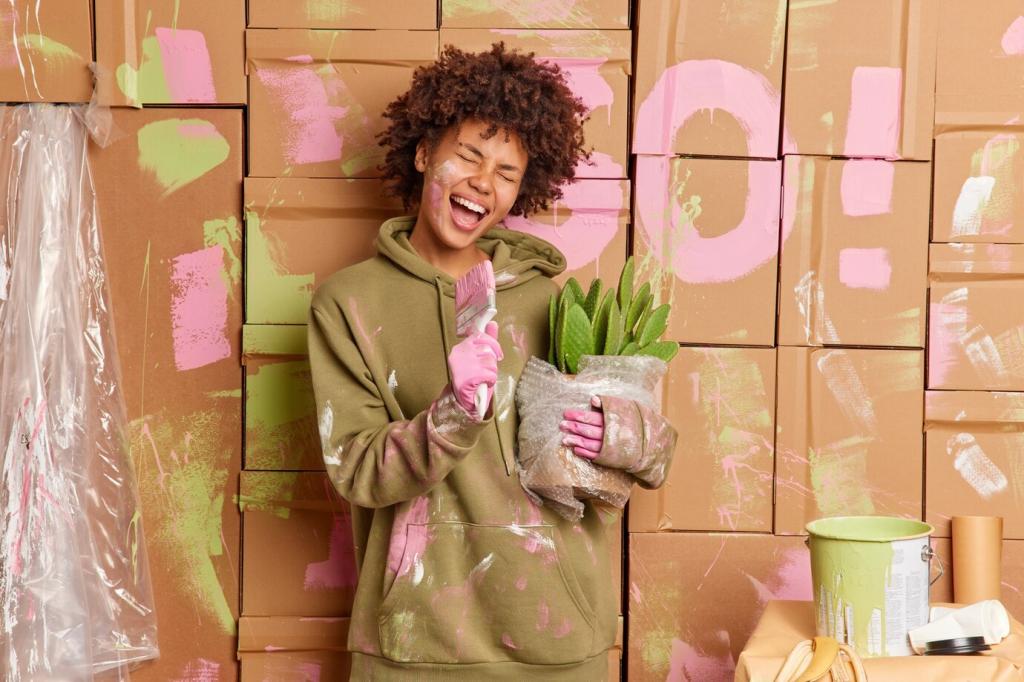
Iron oxides, earth tones, and plant-derived colorants blend beautifully with oils and natural binders. They create subtle tints that preserve figure without harsh solvents. Always test on offcuts, note your ratios, and layer slowly to keep the wood’s story front and center.
Durability, Maintenance, and Repair the Sustainable Way
Dining tables and kids’ desks demand tougher finishes than decorative shelves. Waterborne poly in satin or a durable hardwax oil offers a reliable balance. Match the finish to the abuse expected, and you’ll avoid frequent refinishing, waste, and frustration down the road.
Use gentle cleaners, avoid silicone polishes, and re-oil dry areas seasonally. Soap finishes love a mild soap-and-water refresh that builds protection over time. Track what you applied and when; a simple maintenance log saves guesswork and supports responsible, long-lasting care.
One gift of sustainable finishes is repairability. Oil and wax surfaces accept localized touch-ups, while waterborne topcoats allow careful sanding and recoating. Keep leftover finish labeled for future repairs, and let us know your favorite quick-fix routine in the comments.
Oily Rag Fire Risk
Polymerizing oils can self-heat. Lay oil-soaked rags flat to dry outdoors or submerge them in water in a sealed metal container before disposal. Never bunch rags in a bin. Share this tip with a friend; it prevents fires and keeps workshops safe.
Personal Protective Habits
Wear nitrile gloves, eye protection, and a respirator when spraying—even with waterborne finishes. Provide airflow with fans or open windows, and avoid open flames. Thoughtful habits make sustainable finishing not just greener, but genuinely safer for everyone involved.
Local Regulations and Waste Streams
Follow community guidelines for hazardous waste. Many areas accept leftover finishes, solvents, and used filters at periodic collection events. Keep products in original containers with labels intact, and encourage neighbors to participate—responsible disposal completes the sustainability loop.
Certifications and Smarter Shopping
Look for certifications such as GREENGUARD Gold, EU Ecolabel, and Nordic Swan when available. These programs evaluate emissions and environmental impact, helping you compare products beyond glossy marketing. Bookmark trusted certifiers and share any new labels you encounter.
